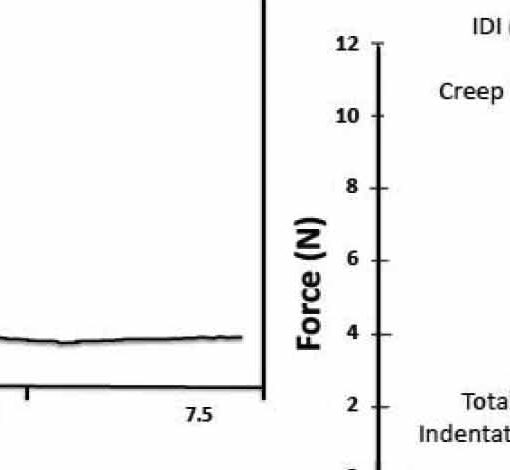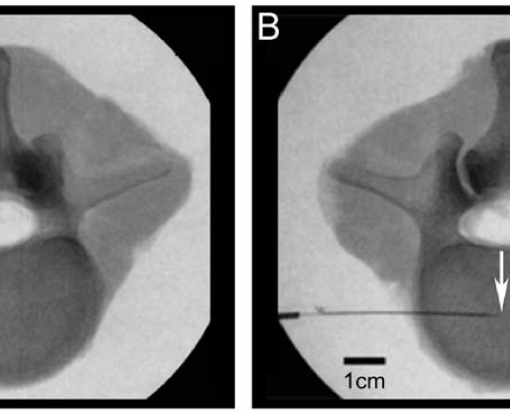Abstract
OBJECTIVES:
The aim of this study was to investigate the capability of a novel reference point indentation apparatus to test the indentation properties of root canal surface dentine treated with three intracanal medicaments used in endodontic regeneration.
MATERIALS AND METHODS:
Immature human premolars were selected (n = 22). Four specimens were obtained from each root and randomly assigned to three treatment groups and a control group. Each specimen was exposed to one of the three treatment pastes (triple antibiotic (TAP), double antibiotic (DAP), or calcium hydroxide (Ca(OH)2)) or neutral deionized water (control) for 1 or 4 weeks. After each time interval, the indentation properties of the root canal dentine surfaces were measured using a BioDent reference point indenter. Two-way ANOVA and Fisher’s protected least significant differences were used for statistical analyses.
RESULTS:
Significant differences in indentation parameters and estimated hardness between all groups at both time points were found. TAP-treated dentine had the highest significant indentation parameters, followed by DAP-treated dentine, untreated control dentine, and Ca(OH)2-treated dentine, respectively. Furthermore, TAP-treated dentine had the lowest significant estimated hardness, followed by DAP-treated dentine, untreated control dentine, and Ca(OH)2-treated dentine, respectively.
CONCLUSION:
BioDent reference point indenter was able to detect significant differences in indentation properties of root canal dentine treated with various medicaments.
CLINICAL RELEVANCE:
The use of a reference point indenter is a promising approach to characterize the indentation properties of root canal surfaces without any surface modification. This might provide an in vitro mechanical measurement that is more representative of the actual clinical situation.
https://www.ncbi.nlm.nih.gov/pubmed/24100639
Clin Oral Investig. 2014 Jul;18(6):1569-75. doi: 10.1007/s00784-013-1125-x. Epub 2013 Oct 8.




